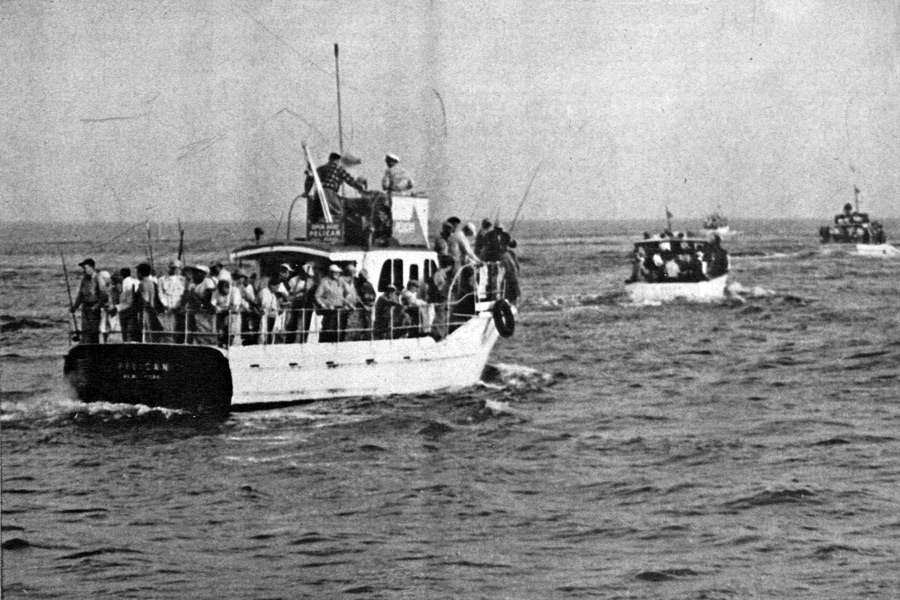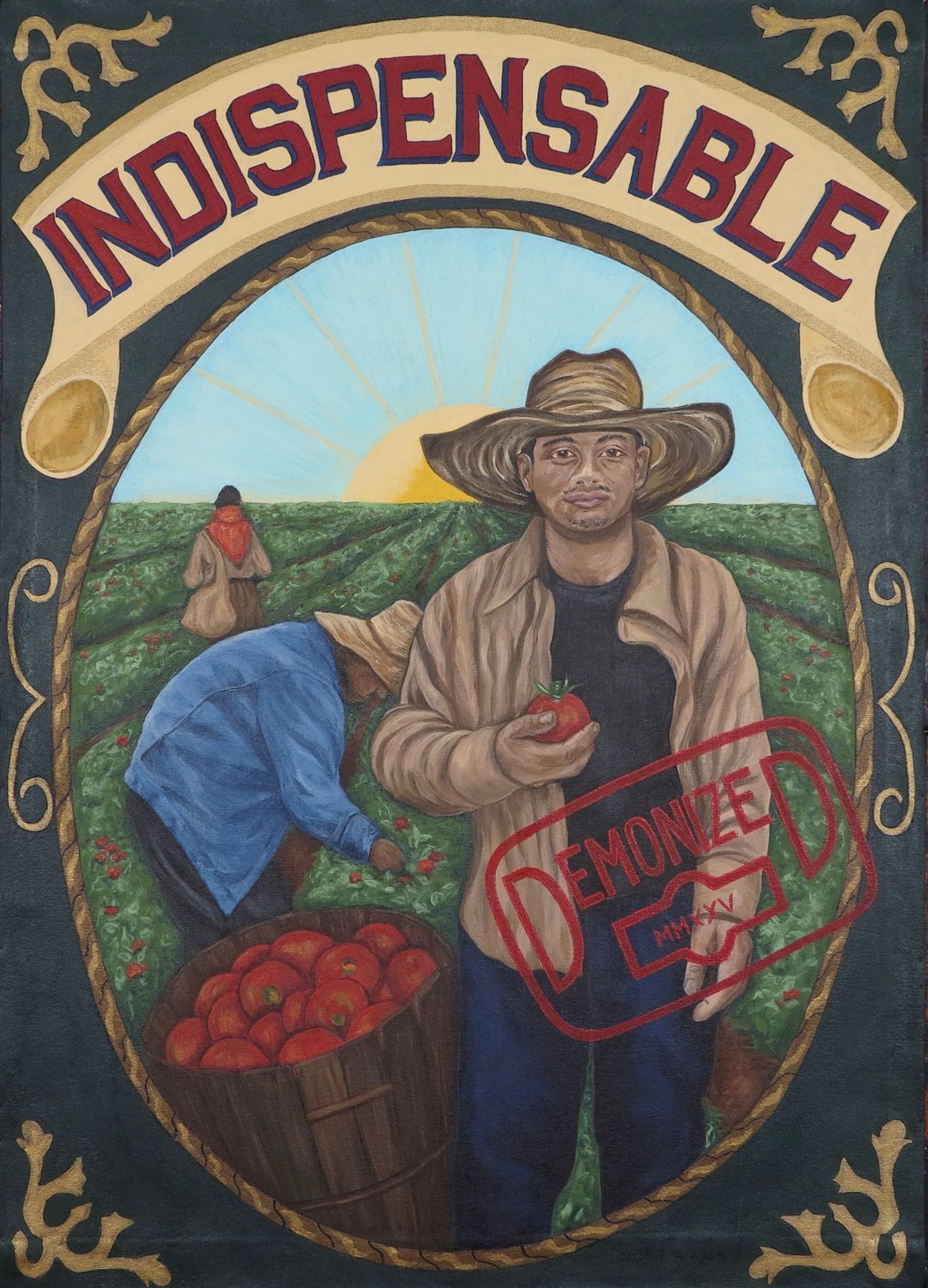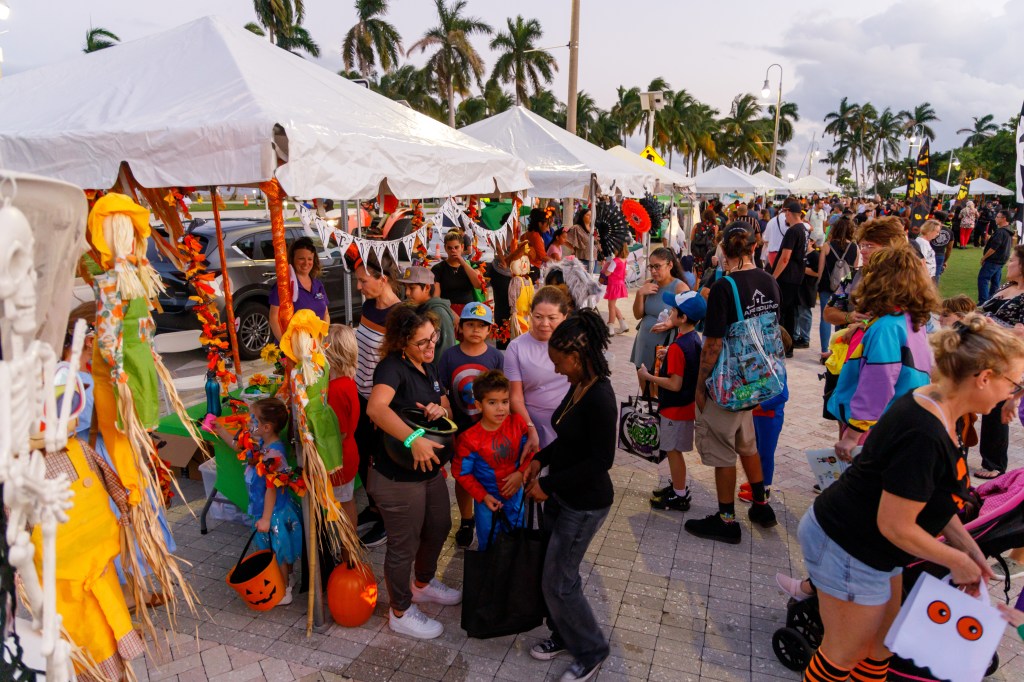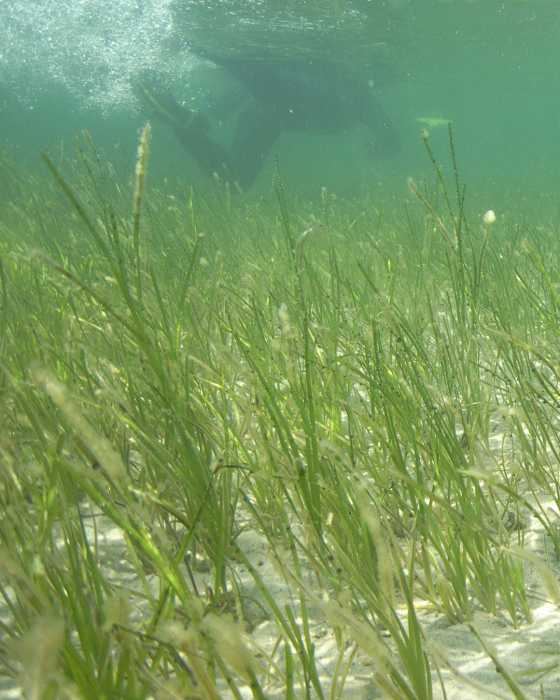The Pelican: Montauk Fishing Disaster Changes the Rules

On the afternoon of September 1, 1951, a boating accident took place off Montauk Point so terrible that for nearly a half-century, the people of that town didn’t want to talk about it. The reason was that the town had only a few years earlier begun to become a tourist town. The first motel had been opened in 1950 by Sam Cox. Forty more were to get built during the 1950s and 1960s. And so there was this tourist economy. The last thing that anybody wanted the tourists to know about were the details of this tragedy. It was all best left unsaid.
The situation in Montauk that year was complicated, to say the least. A fishing village had formed up on Lake Montauk where none had been before. Nearly 30 years earlier, millionaire Carl Fisher had dynamited a waterway between the lake and Long Island Sound as part of a resort he had planned to build but never completed. The result, as far as the fishermen in town were concerned, was that there now was a harbor where fishing boats could safely dock, sheltered from the elements. In 1951, up in the harbor, several restaurants, bait-and-tackle shops and marinas for the boats had opened.
There was another place in Montauk, however, open to the sea, where fishing boats could also dock, and this was at a big pier in Fort Pond Bay. Just a few years earlier, during the war, the government had built a large military facility on the bay to test torpedoes they would use to sink German U-boats. These torpedoes were built in factories in Brooklyn and Queens, put in boxcars on the Long Island Rail Road, and shipped out to the very end of the railroad line to this Navy base on Fort Pond Bay in Montauk.
There, just 100 yards from the beach, the torpedoes could be rolled into the backs of trucks and transported to small motorboats docked at this big pier. The testing of them was quite primitive. They’d be taken, unarmed, out into the bay aboard the motorboats, dropped in the water and switched on so as to head off to a particular buoy. With a seaplane circling around above to monitor their progress, the Navy could tell if the torpedoes hit the buoy or not. Those that failed would be returned to the factory to be adjusted. Those that succeeded would return on railroad cars to be handed over to the Navy in the Brooklyn Navy Yard.
Of course, when the war was won, there was no need for any torpedo testing station. The Navy moved out but left the buildings and pier standing. If someone else wanted to find a use for this newly built facility, all they had to do was ask. And someone did.
In 1950 some entrepreneurs converted the building at the end of the pier into a facility they called “Fishangri-La.” It was named for a mythical island in the Pacific. The Navy had, during the war, bombed Tokyo from some unknown runway in the Pacific. President Roosevelt said it was the Island of Shangri-La. Fishangri-La consisted of a bar, a restaurant, a marina with boat slips, a boathouse repair shop and a nautical souvenir shop. With marketing to the city, this facility was an instant success. Avid fishermen in Queens, Brooklyn and western Long Island would get up at 4 o’clock in the morning, put on their fishing gear, drive down to Jamaica or Bay Shore and board what the railroad promoted as the Fishermen’s Special, a high-speed cannonball train that took everyone directly to Montauk.
There are famous photos of these fishermen, in the dark at seven in the morning, racing across the railroad tracks to the charter and open fishing boats that now had begun to dock at the pier to accommodate this new business. There were about 20 of them by the summer of 1951. Each could hold 30 or 40 fishermen. There were thus on some occasions 800 fishermen, many of them already full of beer and whiskey, rushing to find their spot on a boat. Nobody wanted to be disappointed in the race to the boats for a spot at a railing to go out to sea to bring in the bluefish, porgies and cod that could be had by the bagful only a half-hour off the Montauk Lighthouse.
The children and grandchildren of many sport-fishing captains today in Montauk mark 1950 as the beginning of popular sport fishing at Montauk. But there is no more Fishshangri-La, and there is more use of the old abandoned pier that juts out into Fort Pond Bay today. The fishing captains anchor their boats today at the fishing village by the jetties to Lake Montauk. What happened on September 1, 1951 ended that time on Fort Pond Bay.
Early on that morning, a Saturday, the Fishermen’s Special arrived at Montauk, and the men, cheering and running, headed over to the pier to climb aboard the boats as they always did.
There are photographs of the boats leaving the pier on that morning. Nearest to the camera is the ship Pelican, a 42-foot charter boat. It is jammed all along the railings on both sides with fishermen—you have a hind view of this ship as it heads out to sea, the rest of the fleet heading off ahead of it—and nobody is giving a second thought that there might be trouble.
The Pelican was the last one out that morning, because one of its two 100-horsepower Chrysler engines was not working. Captain Eddie Carroll could get along with just one. But he’d have to go slower. It was important to him, as it was to every other captain, that all the fishermen on that pier have a good time out at sea aboard the boats. Think about it. They’d come all the way out on the Fishermen’s Special. Would it be possible there were not enough boats? On that morning, there were almost not enough, though the captains could thank Captain Carroll for going out when he should likely not have.
The sun had risen by the time the Pelican had limped out as far as the Montauk Lighthouse. Carroll had known before he left that he’d be staying behind, close to shore, where the others would be headed 10 and 20 miles out into Block Island Sound. You would think he would have told that information to all the fishermen when they boarded his boat. But by the accounts of those who survived what soon happened, he did not.
They were underway 20 minutes when they passed all the sport fishermen in front of their camper busses on the beach at Shagwong Point, already casting their lines, when Captain Carroll told them about his bum engine and how they’d be sticking close to shore and not venture far out to sea. There were collective groans. But hey, they were fishing and there was lots to be caught off the lighthouse.
The trouble came all of a sudden. It started as a small summer shower. There had been no prediction of bad weather that morning. This was a small thing. It would pass soon. Some of the fishermen went into the cabin to get out of the rain for those few minutes. Others remained where they were.
And then, as the sky began to clear and the summer shower began to give way, a great rogue wave appeared further out offshore, off on the starboard side. It was coming right at them and it was clear to everyone that it would hit the boat broadside. There was nothing Captain Carroll could do; no way he could turn to face the wave so it safely could lift them up from the bow and over the top. They’d have to take it as it came. Captain Carroll shouted to everyone to hang on. And they did. The wave arrived 15 feet high, slammed into the boat broadside, and then continued on, leaving them, remarkably, still afloat, though terrified. This wave had rolled the boat way over to the port side. It had righted itself. They were okay. But now, off in the distance, they could see there was another one coming.
Carroll went to the radio in the wheelhouse and shouted out on an emergency channel what was going on. But no one was anywhere near his ship.
As for the passengers, they now all ran to the port side of the ship, away from the approaching wave, desperate to be on that side of the boat when the wave came. The boat tipped to port just from the weight of all the men rushing to that side. And then the second rogue wave hit and they were upside down, the men, screaming and shouting, thrown into the water. Only a few had time to strap on life vests. The rest just went in with their fishing gear. It was chaos.
There was no third rogue wave, by the testimony of the survivors. But there was blood in the water and people splashing around or lying facedown, drowning or drowned already. The ship remained upside down, partially sinking at the stern. Men were in the cabin and could not get out. Men were in the wheelhouse and could not get out.
It would be nearly an hour before the upside-down hull of the Pelican was first observed by other boatmen who had heard the brief cry for help. And it was by accident that they found the Pelican. The captain, who did not survive, had not had time to give out his coordinates. The hull was found floating just offshore the Montauk Lighthouse. Only a few people, alive, were still hanging onto its floating bottom.
In the end, 45 of the known 62 people on board the Pelican that morning died. Many of the bodies, found floating, were fished out of the water and taken to Fishangri-La only 10 miles away, to be laid out on the dock or in the bar for identification.
With that tragedy, the railroad stopped running the Fishermen’s Special to Fishangri-La. And after Labor Day, Fishangri-La closed for the season. The next summer it reopened again but was not the same. After that, it closed for good.
All the fishing boats that had set out from there now moved over to the Lake Montauk fishing village. And the buildings of Fishangri-La became abandoned. An inquest was held, and the Coast Guard said that, had Carroll survived, he could have been found negligent in not directing the fishermen to balance the boat and in not radioing for help in time.
Before the year was out, the Coast Guard was considering strict new rules about how many passengers could be taken out on a fishing boat. There had been no rules about vessels under 15 tons before this.
Montauk went into a mourning period that lasted half a year, and after that, another half-century when nobody wanted to talk about it.
In 1960, just nine years after the Pelican catastrophe, I started Dan’s Papers and The Montauk Pioneer and began publishing some of the remarkable stories about historical events in that town. When it came to the Pelican, however, I was told just one thing.
“Stay away from that story,” people said.
And I did.









